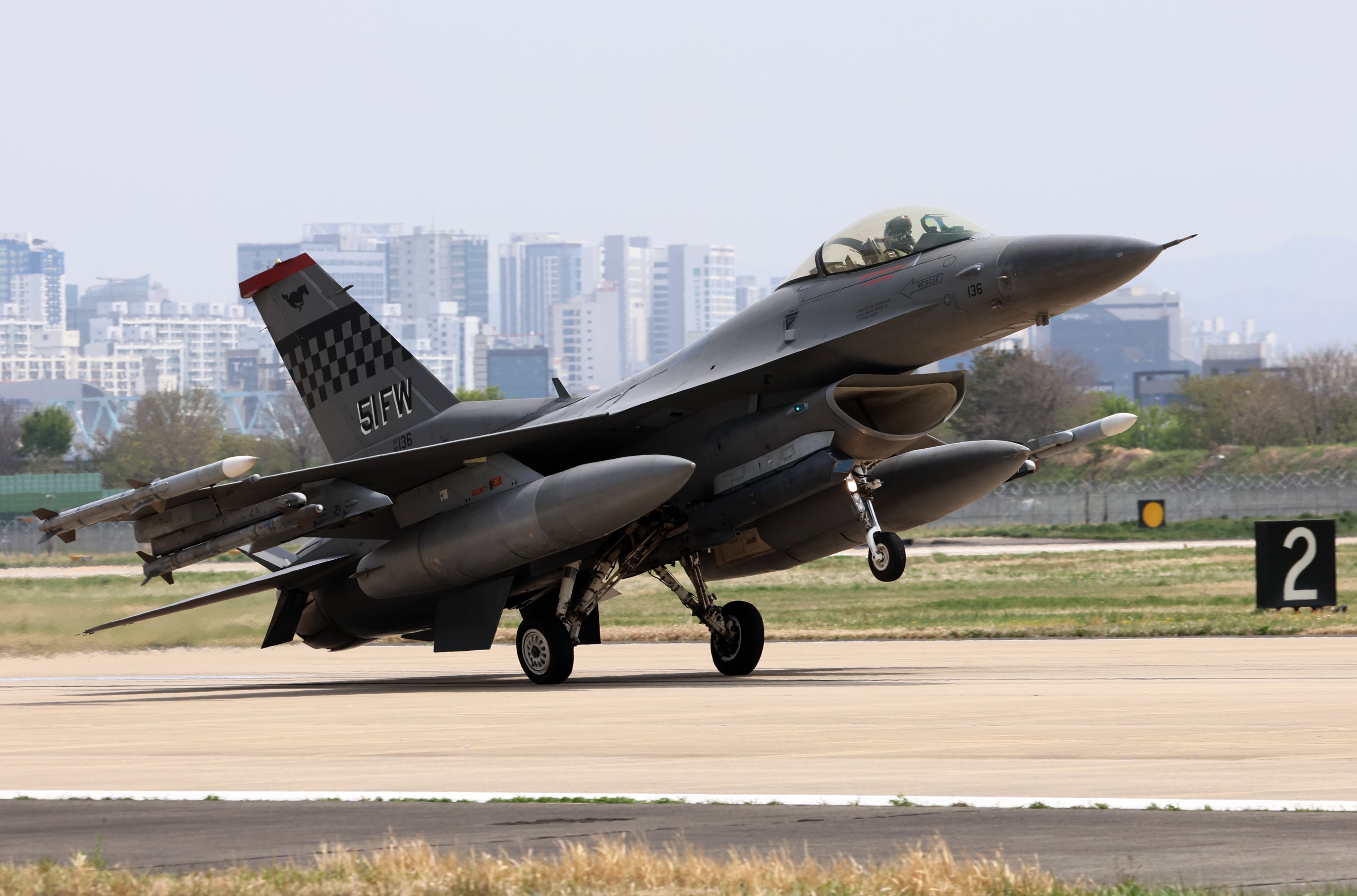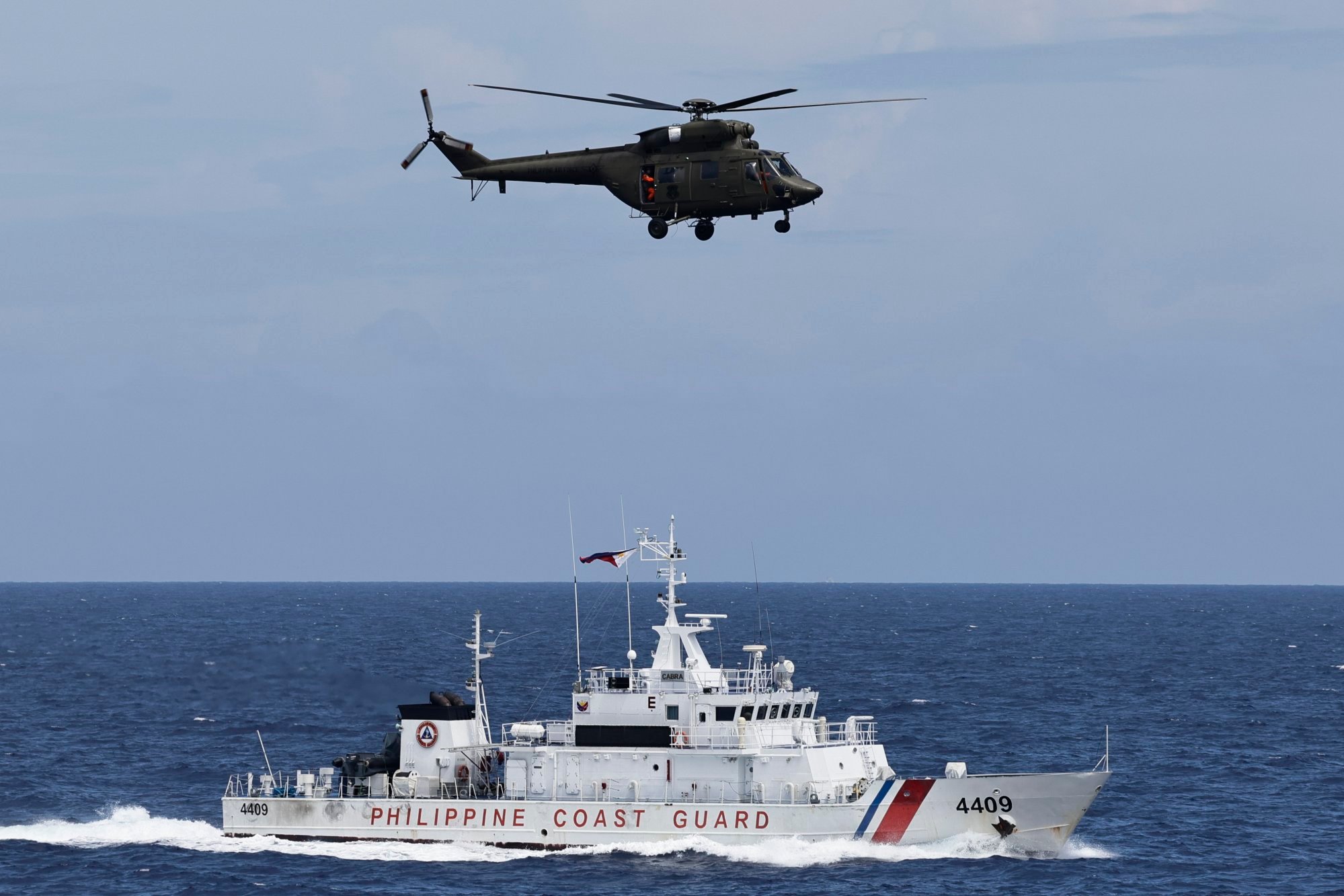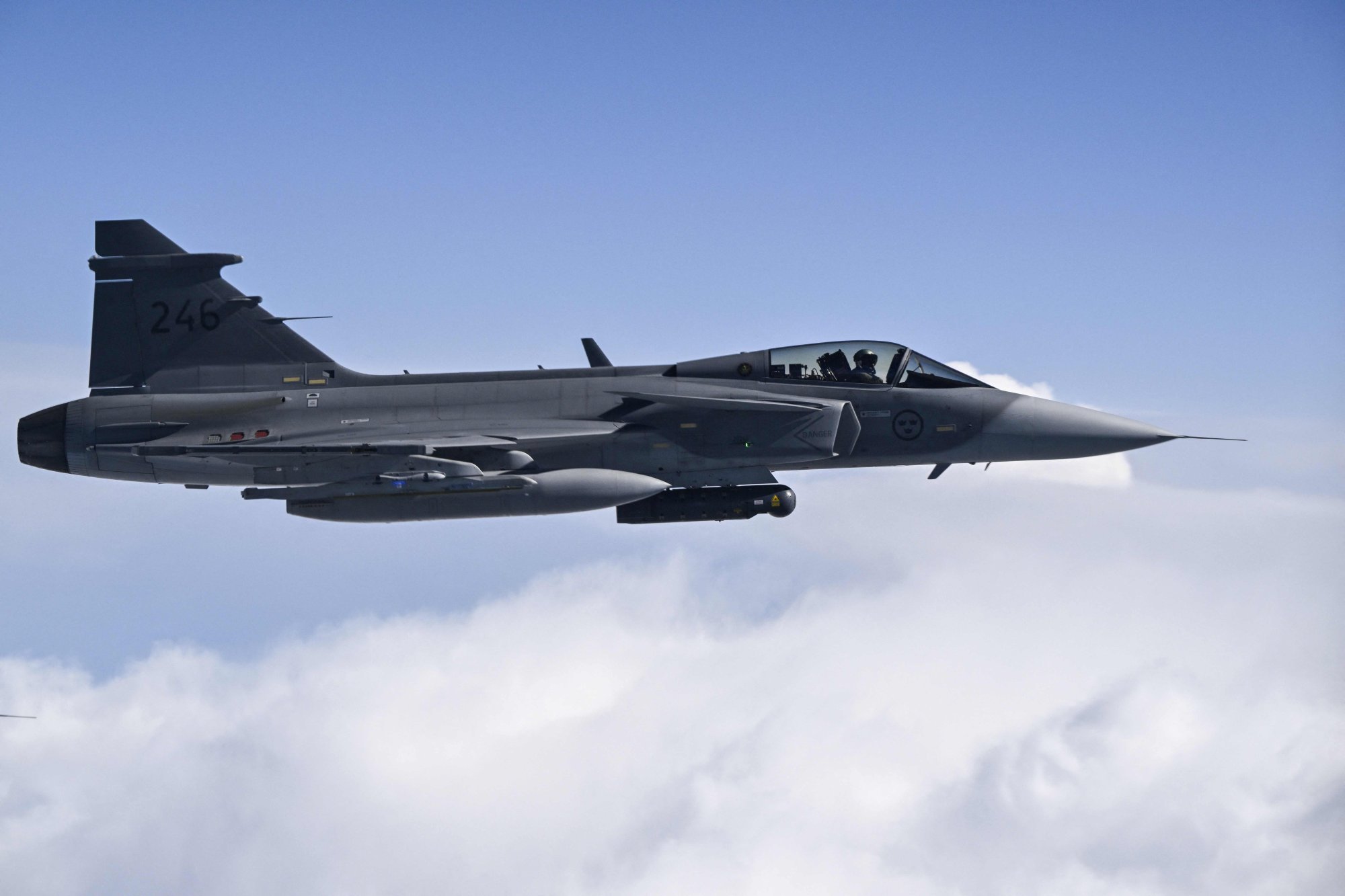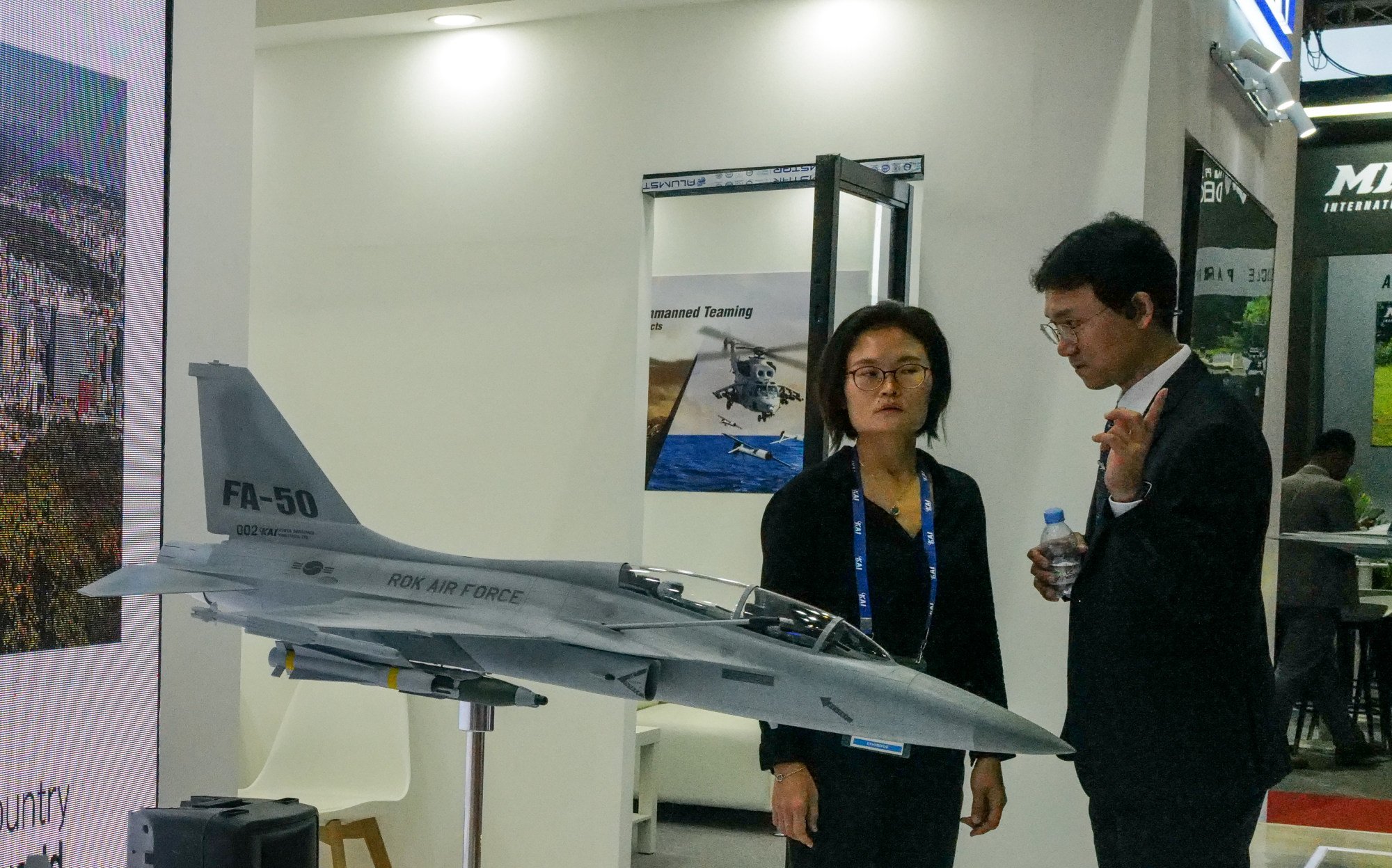Philippines eyes multirole fighter jets for ‘credible deterrence’ against China
Air force chief says more advanced platforms needed to meet defence goals, as country weighs choice between F-16s and Gripen

The Philippines must acquire more advanced fighter jets – and soon – to build a “niche air force” capable of credible deterrence against Chinese intrusions, its air force chief has said, as Manila weighs whether to pursue US-made F-16s or Sweden’s Gripen.
Manila last month signed a US$700 million deal to acquire 12 additional FA-50 light combat aircraft from South Korea, expanding the Philippine Air Force (PAF)’s fleet to 24 by the end of the decade. These upgraded models will come with enhanced range and weapons capacity, but remain limited compared with full-fledged multirole fighters (MRF).
Lieutenant General Arthur Cordura said he welcomed the additional FA-50s but stressed that more advanced platforms were needed to meet the country’s defence goals. He said acquiring true MRFs would allow the PAF to project credible strength across the Philippine archipelago and its maritime zones.
“We cannot be at par with China even 10 to 20 years from now. That’s the reality here,” Cordura said during a media briefing on June 24, ahead of the PAF’s 78th founding anniversary. “But we can project what we call credible deterrence. They will think twice if they will intrude into the country.”

Cordura confirmed that the air force had submitted its preferred choice of MRF to the Department of National Defence (DND), although he declined to name the specific model.
“It is already awaiting a decision from the department and it will be very soon,” he said.
“We are not a big air force. We are a small air force. We are not even small. We are what we call a niche air force,” he said, adding that the country could not afford a fully integrated air defence system and must instead “ask for what is practical”.
F-16 or Gripen MRFs?
At the moment, the two known potential MRF choices are the F-16 fighters made by US manufacturer Lockheed Martin and the JAS 39 Gripen by Swedish aerospace and defence company Saab AB.
In April, the US State Department had announced the approval of the Philippine government’s request to buy a complete package of 20 F-16s.
Defence chief Gilberto Teodoro admitted at the end of May, however, that his ministry had yet to formally receive the US proposed package of US$5.58 billion that would include 16 F-16C Block 70/72 aircraft and four F-16D Block 70/72 aircraft, all equipped with guided missile launchers, anti-aircraft guns, radars, radio systems navigational devices, bombs and missiles.
No military official approached by This Week in Asia would confirm whether the PAF had earlier recommended buying the Gripen, a light single-engine supersonic MRF that could land on non-military grade runways and has even been tested to land on an ordinary highway.
They all suggested that inquiries be directed to the DND.

However, Max Montero, a Filipino-Australian defence and security analyst who writes the popular blog Max Defense, posted on X his “fearless forecast” on June 28.
“Saab JAS-39E/F Gripen as Multirole Fighter (Phase 1) Notice of Award on or before October 2025,” Montero said, but added a caveat the forecast “does not represent” the DND and armed forces’ actual plans.
Montero did not reply to further inquiries from This Week in Asia about his post.
To exhibit credible defence across the Philippine archipelago and within 200 nautical miles of its exclusive economic zone, Cordura said the air force needed “a platform that has a longer endurance, a greater payload that can carry ammunition, [that has] asymmetric capabilities that can land on shorter runways because our future operating bases will be on the periphery of the archipelago already”.
He added that the platform chosen should be “highly integrable and interoperable with our allies in the region. It is important for us to discuss our benefits with our treaty allies and our state partners in the region”.
The MRF was superior to the FA-50 “in terms of performance, in terms of projecting the force that we require because it can carry a variety of air munitions that the FA-50 cannot”, Cordura said.
In a “conflict scenario”, the MRF would be able to communicate with the radar and intercept multirole fighters intruding the country, he added.

However, he also welcomed the acquisition of new FA-50 platforms from Korea Aerospace Industries to help train the pilots in jet operations and prepare them for handling the MRF later.
Manuel Mogato, a Pulitzer Prize-winning journalist who has covered defence and security for decades, told This Week in Asia that under the Armed Forces of the Philippines’ modernisation programme, 1.2 billion pesos (US$21.3 million) had already been allotted for the acquisition of MRFs.
“The air force wants the Gripen,” he said, because it was not only affordable, it could land on “non-military-grade runways”, unlike the F-16s.
He also pointed out that unless the US government helped offset the cost of the F-16s, Manila would not be able to afford them.
In an earlier interview in April after the US State Department announced the approval of the Philippine government’s request to buy 20 fully equipped F-16s, Mogato recalled the US government had offered to sell then president Rodrigo Duterte 12 F-16s in a complete package costing US$2.4 billion. But both the military and the government balked because it could only raise half that amount.